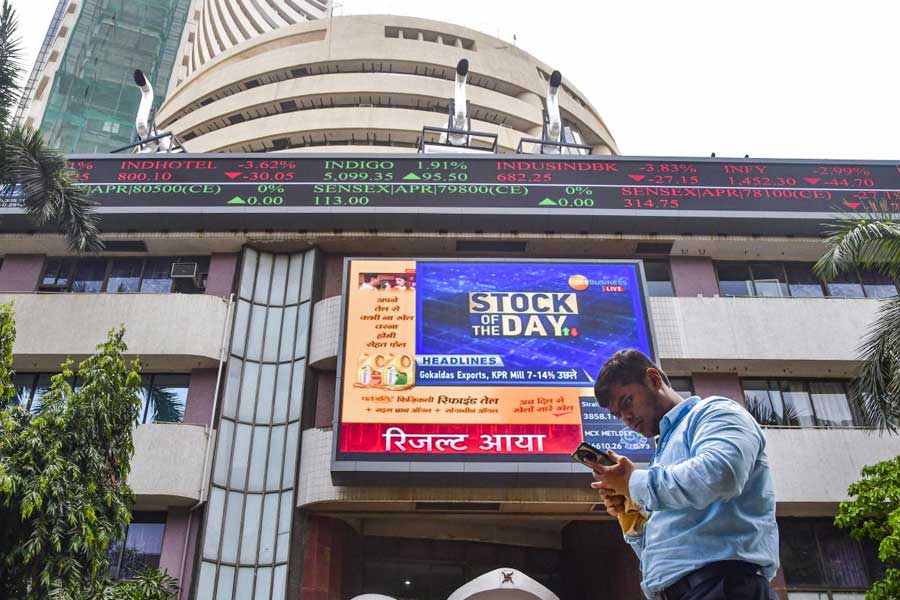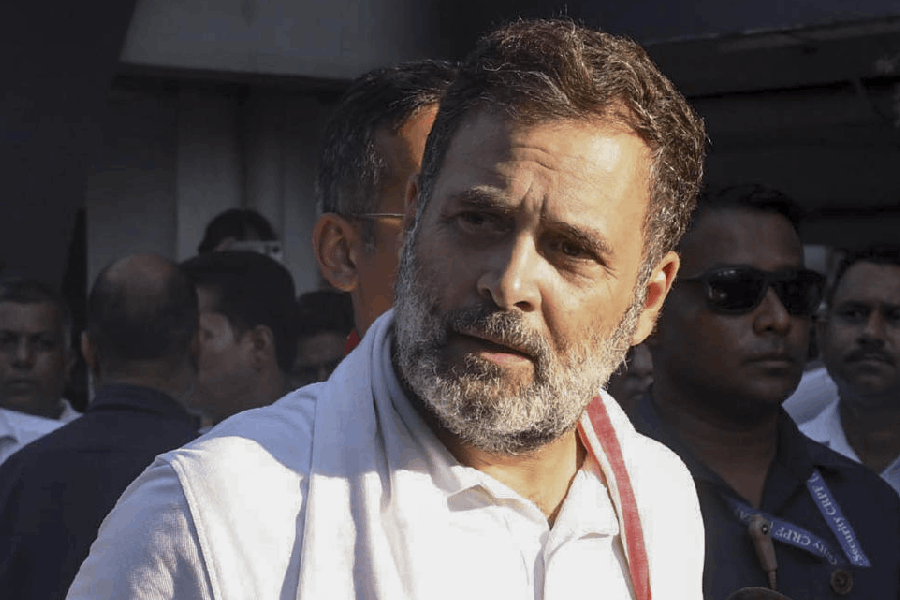The oil import bill for the current financial year is expected to jump a massive 42 per cent to $125 billion because of a spike in global crude prices and the depreciation of the rupee. However, a waiver from the US sanctions on Iran could stabilise the global crude prices and help to arrest the depreciation of the rupee against the dollar.
The benchmark Brent is trading around 72.83 per barrel and the rupee has surged 100 paise to close 72.45 to the dollar.
“The import bill of crude oil is estimated to increase 42 per cent from $88 billion in 2017-18 to $125 billion in 2018-19 considering the Indian basket of crude oil price of $77.88/barrel and dollar-rupee exchange rate of 72.22 for the remaining part of the year,” the Petroleum Planning and Analysis Cell (PPAC), the oil ministry’s technical arm, said in its latest report.
The government had earlier estimated crude price at $65 a barrel for the year and $56.39 for 2017-18. During the initial estimates by the PPAC, the exchange rate for the rupee was presumed to be 65 a dollar.
Aditi Nayar, principal economist with Icra, said, “To what extent geopolitical risks keep sentiments on edge, and whether an increase in Saudi crude oil production offsets the feared decline related to US sanctions on Iran, would continue to imbue volatility.”
Brent prices touched a four-year high of $85 a barrel and could spike further as the
US sanctions on the Islamic nation take effect. There
had been speculations that it could touch $100 a barrel. This will have a significant impact on the oil bill as the country imports 80 per cent of its energy needs.
Oil traders estimate that prices are likely to stay near current levels of $75 per barrel next year as most producers reckon that higher prices would destroy demand and create a new glut. They expect Washington to take a pragmatic approach and grant more waivers to Iranian oil buyers if prices rallied above $80 per barrel but take a more severe approach if prices softened to $60 per barrel.
The silver lining is that
if the US waiver for eight
countries, including India, comes into effect from Monday, expectations of a bull-run in the commodity market may not take off and the prices could stabilise around current levels.
Care Ratings said, “Reduction of Iranian barrels from international markets would bring in some supply void. It will be interesting to observe till what level the US, Opec and its allies will be able to bridge the gap. Iran was producing 3.8 million barrels per day in calendar year 2017 which is 4 per cent of the world crude oil supply. Opec and its allies may not immediately increase supply in the short-run on fears of facing another supply glut in the oil economy.”










